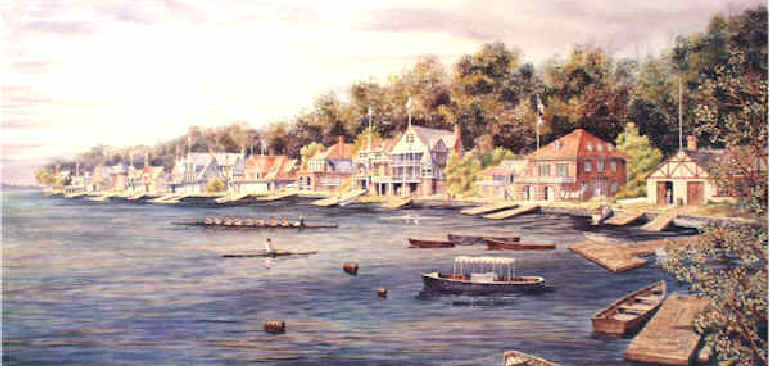A More Perfect Heaven: How Copernicus Revolutionized the Cosmos
By Dava Sobel
You can view this book's Amazon detail page here.
Tags:
- Started reading:
- 11th December 2011
- Finished reading:
- 24th December 2011
Review
Rating: Unrated
Dava Sobel has created a most unique biography in her latest book, A More Perfect Heaven, How Copernicus Revolutionized the Cosmos. The core to her approach is a fictional interpretation of the true life visit of Rheticus to an aging Copernicus. The account is contained in a two act play contained in Part Two of the book.
However, the play, if read as a standalone work of historical fiction would be only mildly interesting and totally lacking in context for the average reader. Ms Sobel remedies this problem with her superb writing skills in the Part One of the book. Part One focuses on the early life of Copernicus up to his becoming a canon of the Catholic church in the Varmia diocese. In this first part of the book, Ms Sobel presents a fascinating look into the life and politics of Copernicus as a learned man of the 16th century. She concisely addresses the implications of the ongoing Protestant reformation and the political turmoil. For middle management of the church the threat of Martin Luther created a high state of paranoia. While Copernicus is known today for his unique astronomical contributions during his life he was valued more for his medical and bureaucratic skills. As Ms. Sobel points out, only a handful of peers were aware of Copernicus’ astronomical work. As a canon of the church during the Lutheran paranoia, Copernicus was correctly concerned about heretical nature of his sun-centric universe. With all this background Ms Sobel transitions to her play where she imagines the real life encounter with Rheticus.
Part Three of the book completes the story of Copernicus with the publication of his On the Revolutions of Heavenly Spheres and reaction to the book. For years Copernicus’ dearest friend (and clerical supporter), Bishop Giese had urged him to publish his notes. But it was only through the efforts of a youthful Lutheran mathematician, Rheticus, that On the Revolutions was actually published. In the final chapters Ms Sobel clearly summarizes the On the Revolutions relationships with Tycho Brahe, Johannes Kepler and Galileo Galilei. While obviously not definitive she clearly explains how Copernicus laid the key foundation to the sun-centric solar system model for others to follow.
In summary, Dava Sobel has given us a unique treatment to scientific history. Her use of the two-act play gives us a new take on the relationship between Rheticus and Copernicus.



